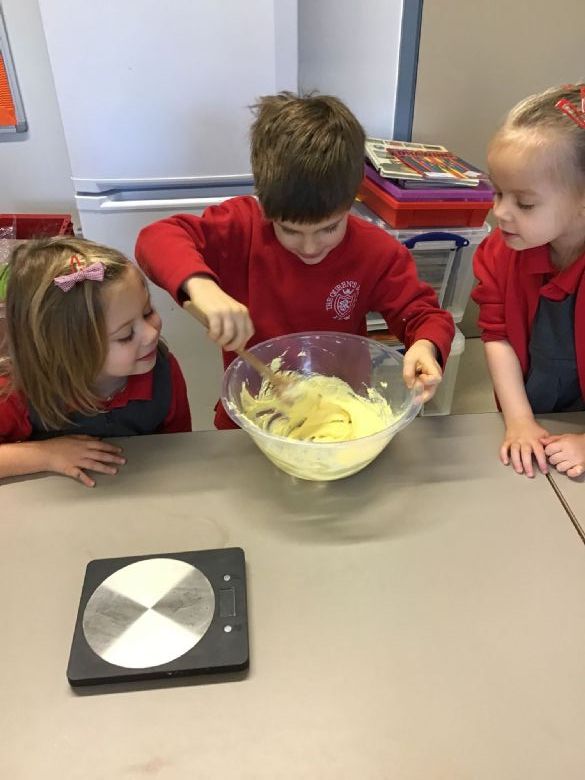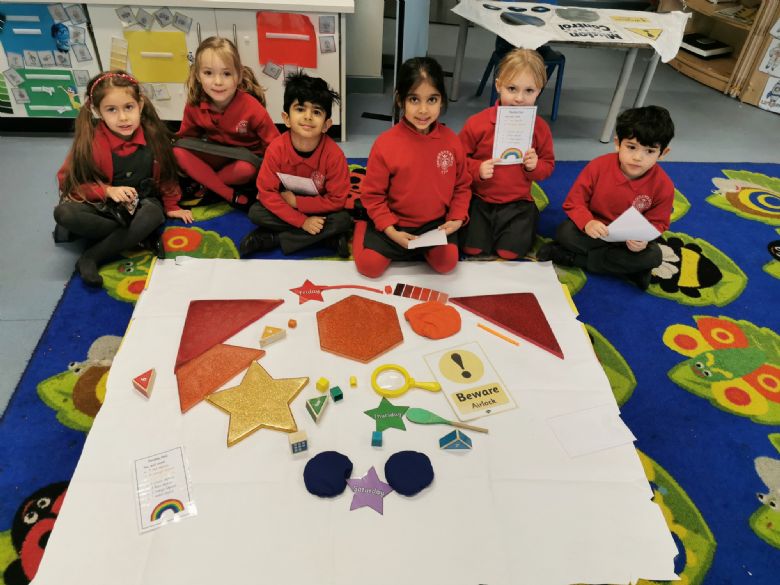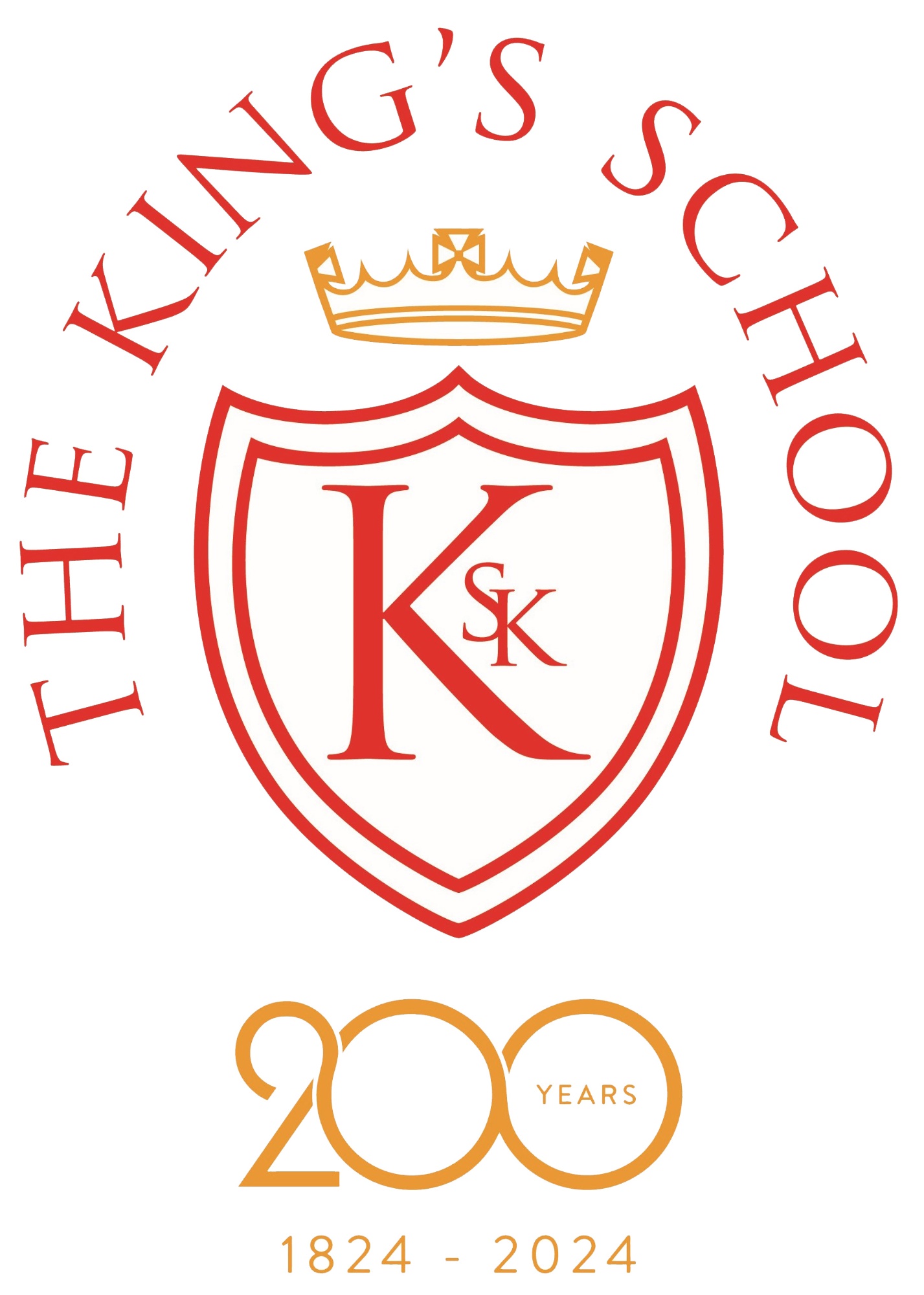Mathematics
Through a Math Mastery approach, children in reception learn about numbers 0-10 in great depth, as well as counting and numerical patterns beyond 10. They develop their counting skills and look at each number at
 Children also learn spatial reasoning skills, properties of shape, measuring skills and develop a basic understanding of concepts such as time, capacity, weight and money.
Children also learn spatial reasoning skills, properties of shape, measuring skills and develop a basic understanding of concepts such as time, capacity, weight and money.
Children learn new skills and concepts through whole-class teaching sessions, partner work and small group activities as well as Math Meetings where prior knowledge is reflected on and embedded. Opportunities for mathematical exploration and investigation are threaded throughout our continuous provision and can be applied to purposeful, real-life contexts through role-play or problem-solving. Maths skills can be consolidated both inside and outside, with tools and enhancements available for the children to use within their play.
The documents below show the progression of knowledge and skills throughout the school as well as the learning for each half-term. It is important to note that some concepts in maths are taught for longer or shorter periods than shown dependent on the learning of all children within each class.
Children in Reception are working towards the Early Learning Goals in Mathematics, which are as follows:
Number
- Have a deep understanding of number to 10, including the composition of each number;
- Subitise (recognise quantities without counting) up to 5;
- Automatically recall (without reference to rhymes, counting or other aids) number bonds up to 5 (including subtraction facts) and some number bonds to 10, including double facts.
Numerical Patterns
- Verbally count beyond 20, recognising the pattern of the counting system;
- Compare quantities up to 10 in different contexts, recognising when one quantity is greater than, less than or the same as the other quantity;
- Explore and represent patterns within numbers up to 10, including evens and odds, double facts and how quantities can be distributed equally.
